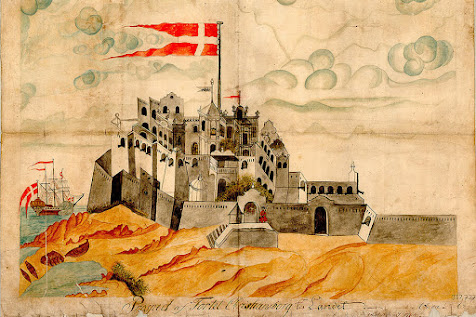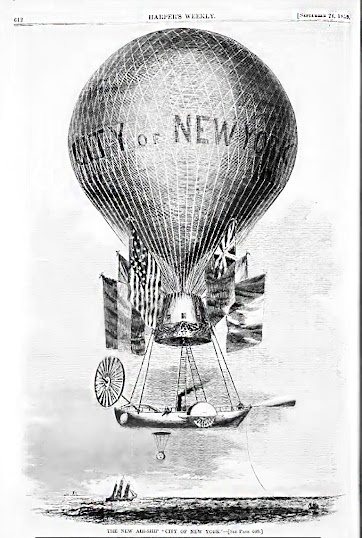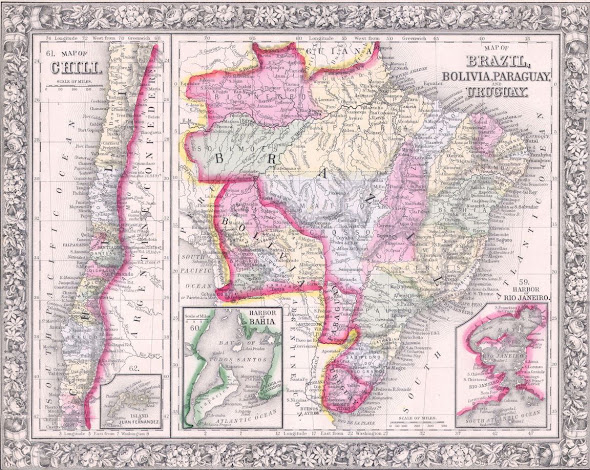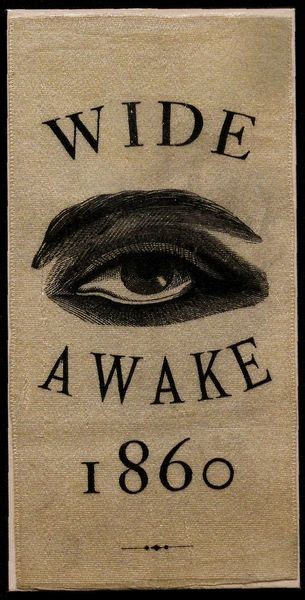Kidnapped! Part 2
WHAT IS A LIFE WORTH?
Kidnapped! Part 2
Before the American Civil War, the single factor contributing the most to New York City's wealth was Wall Street's financing the trans-Atlantic slave trade even though scholars believe only 5% of the millions of people captured and sent to the New World were taken to the United States .
Wall Street banks arranged financing for most of the slave-carrying ships built because American ships were immune to capture by the Royal Navy patrolling the West African Coast.
When the HMS Buzzard seized an American slave ship off Cuba, freed the Africans on board and sold the ship, Southerners declared the British had no right to seize American property, whether it be a ship or its human cargo and called for war.
The British were not willing to go to war over the issue, so American ships were given a pass by the Royal Navy.
American flagged ships were libel for seizure only by the small US Navy.
The United States had agreed to patrol the West African Coast along with the British navy to suppress the slave trade. The United States Navy was miniscule compared to the Royal Navy.
A German language diagram of a slave ship for a two month voyage to the West Indies, showing the upper deck and lower deck arrangement of slaves
After 1807 smuggling slaves from Africa into the US was illegal. Slave owners in the southeast, profited greatly selling their “natural increase” to the new plantations in the Deep South. They saw to it that any slaver entering the US waters to surreptitiously unload Africans would be fully prosecuted for threatening their money making.
Under US law any captain and/or crew captured by the US Navy was to be brought to an American port and tried for piracy and hanged if found guilty.
The same law and penalty applied to even building or converting a ship to use in the slave trade.
Any shipyard inspector could discern that a ship outfitted in New York or any other harbor with 200 pairs of shackles and large tubs of water and meal between decks, was not going on a simple trip to the West Indies to trade cloth and tobacco.
So, if the slave importing trade was so illegal and the penalty so high, how did New York banks manage to fund building hundreds of slave ships?
Profits from a single slave expedition were huge. Between bribes and hiring the best lawyers, Wall Street faced little pressure.
Out of 75 men brought into court charged with transporting or conspiring to transport slaves between 1820 and 1862 only one slaver captain was ever convicted and hanged.
Moreover, Africans aboard any seized ship were not freed. If “liberated” by the British, the African captives were sent to work for the British Navy in various African ports for a decade to “re adjust to a new life,” though this practice was stopped after 1833.
woodcut illustration "Dumping the Slaves."
“Liberation” by the Americans was worse. They were still sold into slavery.
Legislatures both North and South worried intensely about free Blacks with no skills and speaking no English wandering about. The idea of transporting them back to their tribes in Africa was viewed as impractical because they may have come from widely different areas and tribes. Too, repatriation would cost money the states didn't want to spend.
The solution was to turn the Africans over to the states where they had been initially brought to be auctioned. People buying Africans at these state auctions were considered to have a title to their slave purchase, free and undisputed. The auction proceeds went towards the prize money the capturing ship and crew could claim.
On some occasions, slave ships captured by the US Navy were taken to Monrovia, Liberia where the Africans would be set ashore. Literally a thousand miles from home and unable to speak the languages around them, these people were vulnerable to being rounded up by Liberian authorities and resold to another slave ship.
In the 1850s slave ships from Africa were not the only problem. Even before building the transcontinental railroad began, demand for labor in California soared. White men in California preferred mining for gold to day labor. Chinese workers were the solution.
However, sugar plantations in Cuba, didn't care whether their slaves were African or Asian. Taking hundreds of Chinese men to California for only the price of a ticket was not nearly as profitable as taking them to Cuba to sell. Occasionally, captains would take aboard several hundred Chinese men in southern China on the pretense of going to California and then sail to Cuba. Chinese on one of these ships realized early on what was happening, killed the captain and sailed back to China.
When an American ship seized a slave ship from China off the Cuban coast, a new policy was adopted. Chinese were to be dumped in Mexico and the ship then sailed to an American port for auction.
The Statistics of Evil
Exact figures of the slave trade are impossible to know. Estimates are, at best, educated guesses.
The British estimated bringing 120,000 slaves to the New World each year depopulated Africa by a bit more than 560,000 people because the death rate was so high.
Based on data the British gathered
in the early 1840s, the slave trade was tremendously profitable, yielding
$20,000,000 a year profits to Wall Street banks and their investors.
Captives were bought along the coast of Africa from various kingdoms or Muslim slave traders at $20 a person.
In the Caribbean and South America each would bring an average of $300.
An average slave ship carried 850 captives. About a third of the
Africans died during, or soon after, the trans-Atlantic voyage. That would leave
only 567 to sell. At $300 x
567=$170,000. Not counting the cost of the ship, the rest of the voyage expense
is, say $67,000, for a profit of $103,000.
If the ship were sold to another group of investors, that might bring in
another $30,000.
Cuban sugar plantations estimated the average slave in the fields lived only 7 years, requiring importing 30,000 slaves a year. That alone would bring in $9 million gross each year to investors.
Cuba was only one fourth of the trade, so let’s say the total gross profit to banks and investors was $36 million a year. Deducting $16 million for expenses, yields a clear profit of $20 million annually.
Prices and profits continued to go up into the 1860s.
Danish fort on the coast of Ghana. Slaves were sent from here to what are now the US Virgin Islands. Most European powers had involvement in the slave trade to a greater or lesser degree. The British abolished slavery in their colonies in 1833. The Portuguese in Brazil, the Spanish in Cuba, the Dutch, and Danes, still permitted slavery in their Caribbean and South American colonies--even after they had agreed to abolish slavery.
Below, captives being driven to the African coast
Log yokes prevented slaves from escaping on the trek to the African coast










Comments
Post a Comment